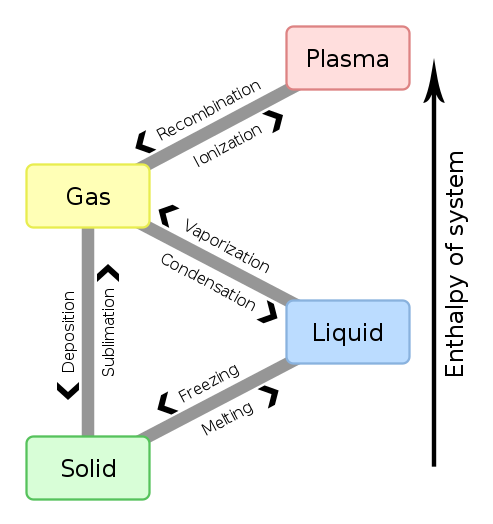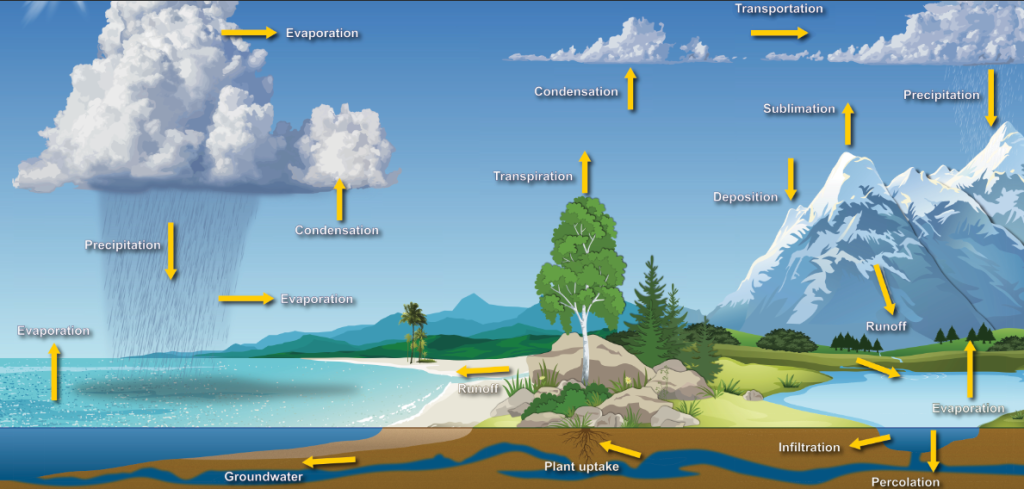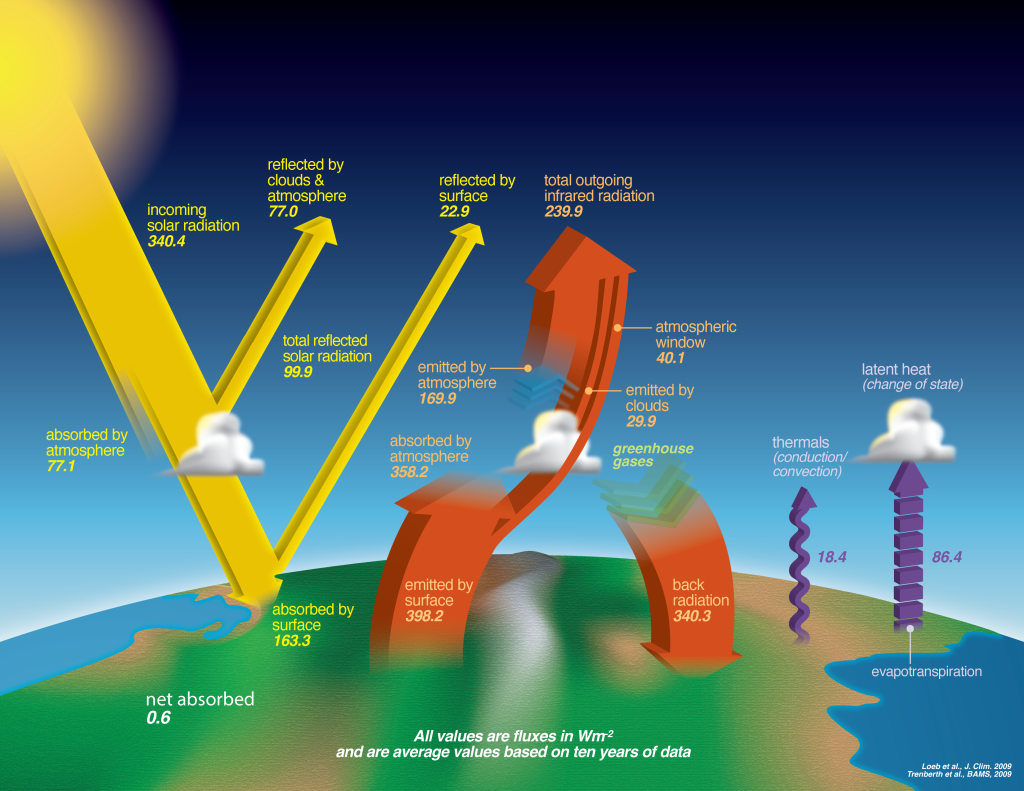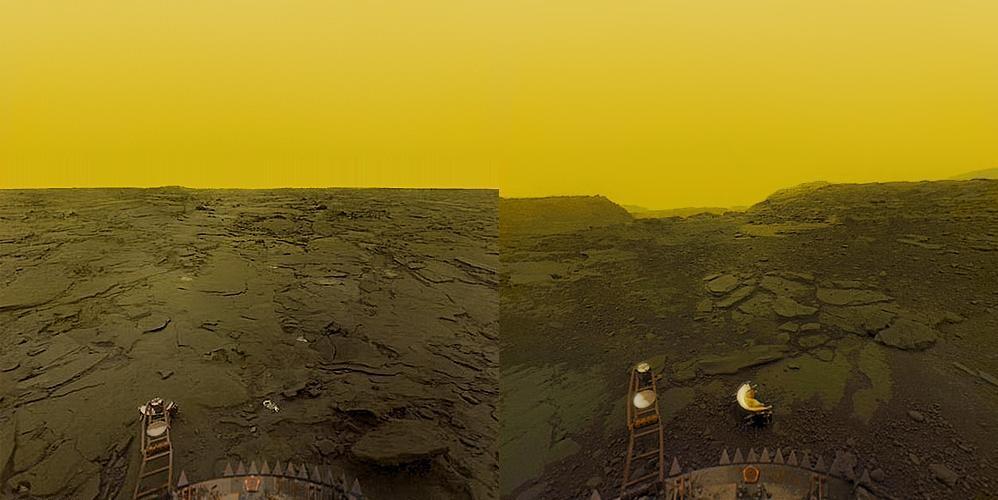
The Hydrologic Cycle: Earth’s Water in Motion
Introduction to Earth’s Hydrologic Cycle
Water is the keystone of life on our planet, connecting every corner of the Earth through a continuous process known as the hydrologic cycle. This intricate cycle involves the movement of water between the atmosphere, land, and oceans, ensuring its availability for all living organisms. In this comprehensive article, we will explore the various stages of the water cycle, delve into the science behind it, and discuss how climate change is altering this essential process.
The Origins of the Water Cycle

The hydrologic cycle began billions of years ago as our young planet began cooling during the formation stages of the Solar System. As Earth’s surface cooled, water vapor escaped from the molten core and rose into the atmosphere. Over time, atmospheric water vapor condensed, falling to Earth as liquid rain to form the vast oceans that blanket 70% of our planet’s surface. Solar energy played a crucial role in driving this process, while gravity kept water from escaping into space. The oceans hold an impressive 97% of Earth’s water while the remaining water resides in glaciers, rivers, lakes, and underground aquifers.
Water Phases
Before we can explore Earth’s Hydrologic Cycle, we must first understand the three phases of matter: liquid, gas, and solid. Although our atmosphere is composed of many compounds taking the form of gases, liquids, or solids, water uniquely exhibits all of these phases in Earth’s atmosphere.

Liquid Water
Liquid water is a clear, odorless, tasteless fluid. It flows in rivers, fills oceans, and quenches our thirst. Water consists of three atoms: two hydrogen atoms and one oxygen atom. These tiny molecules exhibit a unique property called hydrogen bonding, which causes them to cling together. This “stickiness” results in high surface tension, allowing water striders to glide on its surface. Additionally, water can absorb and hold heat effectively, influencing Earth’s climate through ocean currents like the Gulf Stream.
Water Vapor (Gas)
Water vapor exists invisibly in our atmosphere; even clear air contains water vapor, albeit in particles too small to be seen. Evaporation occurs when liquid water transforms into water vapor. Sublimation occurs when frozen water (ice) transforms into water vapor, skipping the liquid phase altogether.
Solid Water (Ice)
Unlike most substances, water defies the norm. When liquid water freezes, or when water vapor transforms directly into ice (deposition), it becomes more voluminous, and therefore less dense, as the molecules arrange themselves in a crystal structure. Because these solid structures are less dense than liquid water, ice floats. Water freezes at 0°C (32°F), but its maximum density occurs at 4°C (39°F). Interestingly, saltwater freezes at lower temperatures than freshwater. This is why salt is often used to treat paved surfaces for ice.
Key Steps in the Water Cycle
Evaporation, Transpiration, and Sublimation
When solar radiation warms the surface of oceans and freshwater bodies, water molecules gain kinetic energy and vibrate erratically. This process allows water molecules, now in gaseous form, to escape the surface tension of water and lift into the atmosphere. While 90% of atmospheric moisture originates from bodies of water and ice, transpiration via plant life is responsible for the remaining 10%. Solid water (such as ice or snow) can transition directly into vapor without melting. This process, called sublimation, allows moisture to enter the atmosphere from frozen surfaces.
Water vapor molecules rise with air currents and are transported globally by wind. In meteorology, the transport of water vapor is called moisture advection. Understanding and measuring moisture advection is crucial in the forecasting process.
Condensation
As water vapor rises, it cools and condenses on floating solid particles in the atmosphere such as pollen, dust, smoke, and pollution. Clusters of tiny water droplets suspended in Earth’s atmosphere form clouds. Condensation can also occur on the ground and collect on surfaces such as a car window or grass.
Precipitation
After condensing into clouds, water droplets fall back to Earth as precipitation, completing the water cycle. Most precipitation falls directly into the oceans, but some reaches land, replenishing rivers, lakes, and replenishing.

The Role of Radiation
To understand the driving force of Earth’s water cycle, we must consider the role of radiation. Two types of radiation significantly impact the cycle:
Shortwave Radiation: The sun emits shortwave radiation, primarily in the form of visible light. This energy drives evaporation, warming the Earth’s surface and initiating the water cycle.
Longwave Radiation: Earth absorbs incoming shortwave energy and emits it as longwave radiation (infrared). Clouds and greenhouse gases trap some of this longwave radiation, contributing to the greenhouse effect.

The Greenhouse Effect and Climate Change
This natural phenomenon plays a pivotal role in regulating Earth’s temperature and shaping our climate. The greenhouse effect refers to the process by which certain gases in Earth’s atmosphere trap heat, much like the glass panels of a greenhouse. These gases, aptly named greenhouse gases, include water vapor, carbon dioxide (CO₂), methane (CH₄), and others. Among them, water vapor exerts the most significant influence.
The planet’s surface warms when sunlight (shortwave radiation) reaches Earth. As the surface absorbs this energy, it emits heat energy (longwave radiation). Unlike visible light and shortwave radiation, longwave radiation is absorbed and reflected back toward Earth’s surface by greenhouse gases present in the atmosphere. The re-radiated heat warms the lower atmosphere (troposphere) and the surface.
It is important to note that an atmosphere completely free of greenhouse gases would create an environment too volatile to support life. This is observed on planets such as Mercury, and on Earth’s moon. Without the greenhouse effect, Earth’s average surface temperature would be a frigid -18°C (0°F). However, due to this natural process, our planet maintains a more hospitable temperature.
To put this in perspective, Venus was once considered Earth’s sister planet due to its similar size and mass. However, with its dense CO₂-rich atmosphere, Venus experiences an extreme greenhouse effect. Early in its history, Venus likely had liquid water on its surface. Because our neighboring planet is closer to the Sun than Earth, its average global temperature was a few degrees warmer than Earth’s average temperature.
As a result, the water cycle on Venus intensified, allowing vast quantities of water vapor to gradually accumulate in the planet’s atmosphere until the oceans were completely dry. With no water left on the surface, CO₂ built up in the atmosphere. The thick layer of water vapor and CO₂ trapped longwave radiation in the troposphere, preventing it from escaping back into space and creating a feedback loop. With very little heat energy escaping the insulating atmosphere, combined with additional incoming shortwave radiation from the sun, Venus continued warming. Today, scorching surface temperatures on Venus have been observed up to 450°C (840°F). Venus’s surface now resembles a tortured wasteland, with searing heat, crushing pressure, and acidic clouds. It’s a stark reminder of what can happen when a planet’s climate spirals out of control.

The greenhouse effect is essential for maintaining Earth’s habitable conditions, but human activities have begun escalating this effect by releasing additional greenhouse gases into the atmosphere. As the planet warms due to increased greenhouse gas concentrations, the water cycle intensifies. This anthropogenic impact contributes to global warming and climate change, emphasizing the need for sustainable practices and mitigation efforts.
Conclusion
The hydrologic cycle is a dynamic process that sustains life on Earth. Understanding its intricacies and the influence of greenhouse gases and radiation is crucial for preserving water resources and maintaining ecological balance. As stewards of our planet, we must act responsibly to mitigate the effects of climate change and protect this precious cycle.
If you liked this article, check out Skyview Weather’s growing library of educational weather and climate content. Skyview Weather also offers comprehensive in-person and virtual weather education and weather safety training classes to ensure you and your staff are informed and prepared for severe, winter, and fire weather.
